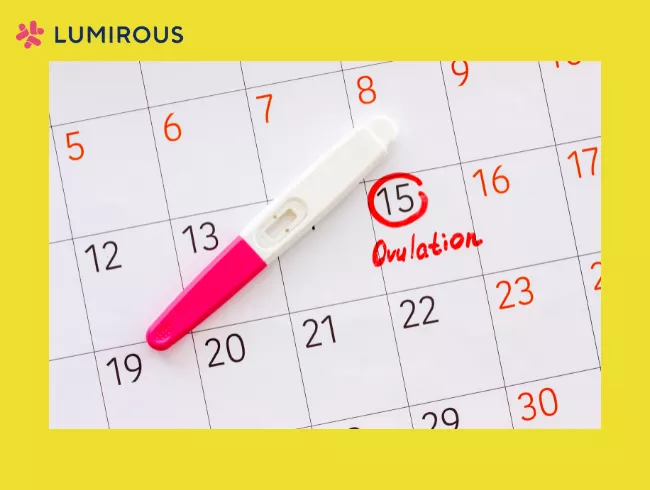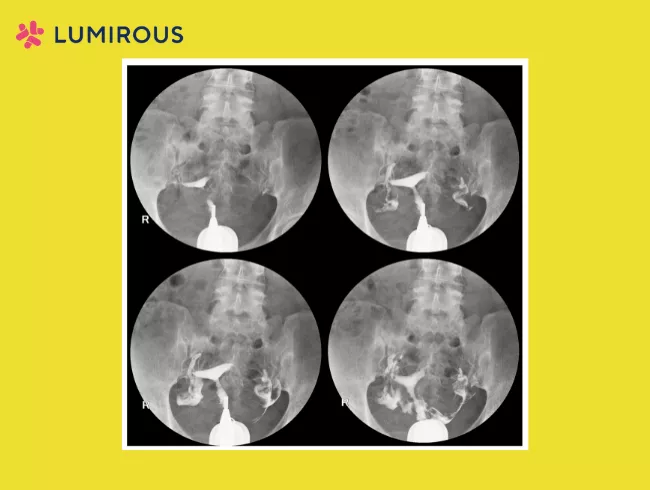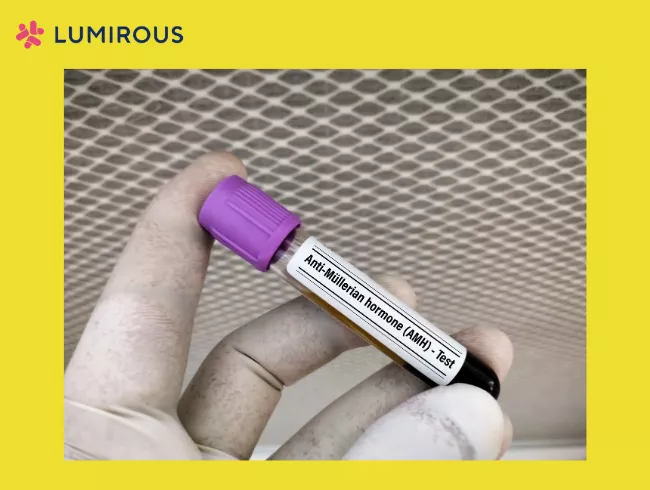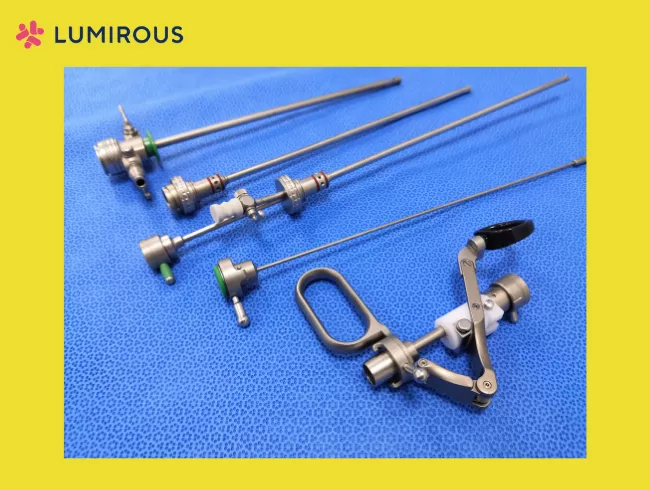Table of Contents

Both men and women are equally likely to contribute to the causes of infertility, therefore it is recommended to get diagnosed as a couple. Oftentimes, multiple tests are required to diagnose the cause. For women, the diagnosis will examine the wellness of the reproductive systems, especially the ovarian and condition of the reproductive organs. Some of the tests can be invasive and uncomfortable, hence it is best to consult your doctor before proceeding with any testing.
Ovulation Testing |

|
How is it done? |
|
Nowadays, there are two options in performing ovulation testing. The first option is to use an over-the-counter ovulation test kit. Beware that different manufacturers may have different instructions, make sure to read through the instruction each time. For a more thorough and detailed examination, your doctor can perform ovulation testing through a blood test. A sample of your blood will be submitted for laboratory analysis. |
| The ovulation test kit will indicate the starting of your ovulation cycle and predict your fertility window. From here onwards, you can plan for the best timing to have sexual intercourse. Meanwhile, for ovulation testing via blood test, your doctor will analyse your hormone level and deduce whether they are sufficient in amount to kick start your ovulation cycle. The prediction of the fertility window from this test will be more accurate. | What can you learn from this test? |
Hysterosalpingography |

|
How is it done? |
|
This test is an X-ray procedure. A catheter (thin tube) will be inserted through your cervix to inject X-ray contrast such as iodine, into your uterus and fallopian tubes. An X-Ray of the uterus will be produced. This procedure is minimally invasive and some pain medication may be administered to make it more comfortable for the patient. |
| The test is designed to evaluate the condition of your uterus and fallopian tubes through X-ray images. The X-ray contrast is meant to fill the uterus, enter the fallopian tubes and spill at their ends. This way your doctor can assess for blockages in the fallopian tubes as well as for any abnormally in the shape of your uterus. | What can you learn from this test? |
Ovarian Reserve Testing |

|
How is it done? |
|
Women age 35 and above are usually advised to take this test. Ovarian reserve is commonly tested through a combination of these tests, namely hormone level blood tests, blood tests with medication and transvaginal ultrasounds. Hormone medication will be prescribed for the blood test with medication. Whereas transvaginal ultrasound will require an ultrasound probe into your vagina and the procedure have to take place during your menstrual cycle. The procedure can be uncomfortable. |
| These tests can reveal the quality and quantity of eggs available for ovulation cycles. | What can you learn from this test? |
Other Hormones Testing |

|
How is it done? |
|
It could be necessary to test the level of other hormones related to the reproductive system. Commonly, a blood test will be carried out, however, an imaging test (i.e ultrasound) may be necessary when your doctor needs to evaluate the physical condition of your endocrine glands. |
| From these tests, the level of your ovulatory hormones will be evaluated along with your thyroid and pituitary hormones. All are hormones that control your reproductive processes. Aside from that, the tests can as well help to determine any underlying diseases or disorders that may cause infertility. | What can you learn from this test? |
Imaging Tests - Ultrasounds |

|
How is it done? |
|
The frequently used imaging tests for infertility are ultrasonography and sonohysterography. Ultrasonography is also best known as just ultrasound. In an ultrasound procedure, your doctor will move the transducer around the pelvic area and sonograms images will be produced. For sonohysterography, sterile fluid is inserted into your uterus through thin tubes before starting the ultrasound. |
| Both tests are designed to visualise the structure of your reproductive organs. Physical abnormalities such as unusual uterine shape and condition can be detected from the sonogram images. Images from sonohysteropgraphy can show a more detailed condition of your inner uterus lining which is not visible in normal ultrasound tests. | What can you learn from this test? |
Hysteroscopy |

|
How is it done? |
|
Hysteroscopy is an outpatient procedure that could take between 5 to 30 minutes to complete. It has to be done during your menstrual cycle. During the procedure, a hysteroscope (a thin fibreoptic “telescope”) will be inserted into your vagina. It is invasive and can cause discomfort. Pain medication may be administered before the procedure to ease the discomfort. Images from the hysteroscope will be captured on the monitor for analysis. |
| This is another test to examine the physical condition of your uterus. This procedure is usually done to find polyps, scar tissues or other abnormalities inside the uterus. | What can you learn from this test? |
Laparoscopy |

|
How is it done? |
|
This is a surgical procedure. A small cut would be made beneath your navel to allow the laparoscope (a thin viewing device) along with a tube used to pump gas to enter your abdomen. The images by the laparoscope will be displayed on the monitor for analysis. After the procedure, the gas will be pumped out and stitches are needed to close the cut. |
| The test will examine your fallopian tubes, uterus and ovaries to identify possible endometriosis, scarring, blockages and other abnormalities that may cause infertility. | What can you learn from this test? |
Infertility diagnosis tests are widely offered by both public and private fertility clinics in Malaysia. Public healthcare would be able to offer more affordable prices in comparison to private healthcare. The prices may also be varied depending on the type of test offered. Most of the tests require specific expertise and medical tools. It is important to be reminded that by no means do the diagnosis result is an indicator of a woman’s ability to get pregnant. However, the results of these tests can greatly help in developing your future treatment plan.
Contact us for fertility support and consultation!
